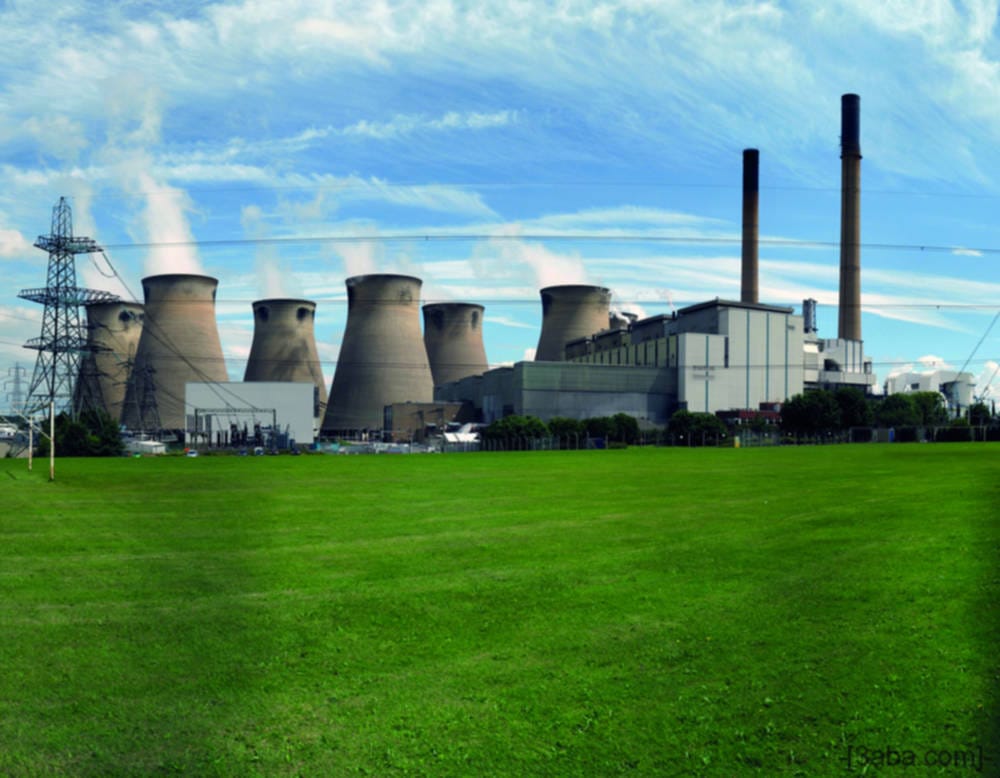Methods developed at Imperial could make burning fossil fuels guilt-free
Lauren Ratcliffe on converting waste carbon dioxide into useful materials

If we are to avoid further aggravating climate change we need to find a way to store or transform the hundreds of billions of tonnes of carbon dioxide produced by power stations worldwide into something useful. A team at Imperial’s Department of Chemistry have done just this. Working with the spin-off company, Econic Technologies, they have developed a cleaner way to produce valuable materials from waste carbon dioxide and are bringing it to the market.
Since the 1960s there has been much research into ways of converting carbon dioxide into a suitable chemical intermediate. Freely available, with low toxicity as well as being an environmental nightmare, this molecule lends itself to this type of research. However, developing catalysts and processes to convert carbon dioxide has been problematic. Mainly because this highly oxidised state of carbon is at the lowest energy state of all carbon containing C1 species, meaning that a huge amount of energy is needed to reduce it.
However, there has been progress, with the development of catalysts to successfully incorporate carbon dioxide into polymers. These polymers can later by used in polyols, which are used to make polyurethanes, a material found in tonnes of consumer and industrial products, including Spandex! However, at the moment, industrial processes for producing these valuable polyols requires petrochemicals such as the toxic, expensive and energy inefficient propylene oxide.
Previous cleaner methods that have been developed to produce polyols using carbon dioxide have been found to work only with high purity carbon dioxide. Despite being a step in the right direction, this process is not practical as one of the principle applications of this technology is to clean up real sources of waste carbon dioxide.
Experiments by Imperial’s team of researchers were conducted using carbon dioxide from Ferrybridge Power Station carbon capture demonstrator plant in West Yorkshire. The results published in ACS Catalysis this February indicate that by using the novel catalyst technology developed at Imperial, it was possible to use waste carbon dioxide to produce useful products such as polyurethanes at much lower pressures and temperatures than previous methods. These polyurethanes can then be used to valuable materials from furniture to the soles of your trainers.
This method makes the process more economically appealing to existing polyurethane manufacturers, offering a cheaper and more environmentally friendly alternative to exclusive petrochemical usage. The team has estimated that for every tonne of carbon dioxide used, two tonnes of emissions could be saved through circumventing the production of the petrochemical-based raw material it displaces. Many industries that emit large quantities of carbon dioxide are also likely to be obliged to use carbon capture and sequestration (CCS) in the future with the introduction of environmental policies to reduce levels of atmospheric greenhouse gas. CCS is a costly process, but using carbon dioxide as a raw material to make polymer materials could offset these costs. “Using real carbon dioxide emissions to make useful products is very challenging, because frequently catalysts are not tolerant of minor contaminants,” said Professor Charlotte Williams, lead author of the study. “Carbon dioxide streams from power stations are among the most contaminated sources of CO2 available, so the work we have done is a big step forward because the catalysts show such remarkable tolerance and function in almost exactly the same way as using pure CO2.”
Econic Technologies was initially set up to commercialise the catalysts developed by the team at Imperial. The research has already attracted the attention of major chemical companies to support the adoption of this more economically sound and environmentally friendly technology. The research was funded by the Government’s Department of Energy and Climate Change and the Engineering and Physical Sciences Research Council and published on the February 10, 2015.
DOI: 10.1021/cs501798s









